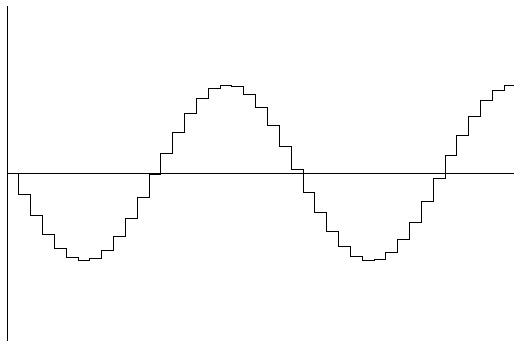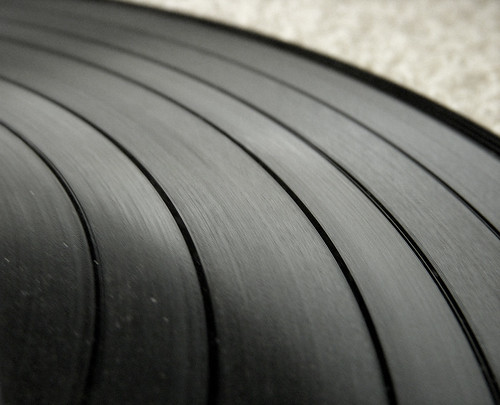I have noticed in what little free time I've had that television commercials have shifted gears in tune with the political wind (maybe Isaac has something to do with that too, but I am no psychic). It appears that politicians are spending way too much money to get their candidate elected and as usual the truth behind the matter is clouded in misdirection and misinformation. I just wanted to re-sync everyone's sanity regardless of political beliefs and make sure that you remember the truth about our great country, the USA, as the founders envisioned it rather than what it has evolved into with lies, half truths, quotes out of context, and the major art of the spin. Before we begin, just remember that like those obnoxious drug ads, any ad you see on television is trying to sell you something so there is an agenda behind what they say, sometimes a multi-level agenda and rarely does it have anything to do with the truth.
The United States of America consists of a form of government that elects representatives who hopefully doing the bidding of the people who elected them. Each state, of which there are 50, chooses these representatives in a staggered election so that every two years we have the privilege of and the opportunity to make positive change if some of these incumbent representatives do not do our bidding as agreed. Every six years, we as the governed can eliminate 100% of those incumbents if for some reason insanity grips all of these officials and the country heads off in a direction that is unwise. This opportunity is called an election.
These 50 states elect officials consists of to two governing bodies, what we call the House of Representatives and the Senate. Members of the House hold two-year terms and members of the Senate hold six-year terms. Decisions on issues are decided by simple majority where votes are supposedly reflective of the will of the people but that's another story and we will leave that one alone for now. There are two Senators per State, 50 States, or 100 Senators. House members are elected based on population however the 1929 Congress decided that the wisdom of our founding fathers was wrong and changed this to a fixed number: 435. So far, we have 535 people who as a group decide every issue our country encounters and how to deal with it. Remember this when it comes to those ads pointing fingers.
Two other people are elected (sort of, but we will not get into the process for this): The President and Vice President every four years, so that makes 537. Now the rest of the bureaucracy is appointed or Federal programs authorized by these elected officials and those with power are of primary concern. The Supreme Court, the last governing body who is supposed to settle legal arguments and interpret these arguments by what the US Constitution defines, has nine members who are appointed by the President and approved by the Senate so that brings the total to 546. There are no other elected people who have the authority to make policy, implement change, and spend tax dollars (those with the real power).
The Vice President's only power is to preside over the Senate and cast a vote in the event of a tie. This has occurred 244 times by 35 different Vice Presidents. So it appears that things can get pretty hot and opinionated and even the Senate cannot make up its mind.
Now the interesting question is this: who decides how raise and spend the tax money (your money)? The President proposes an annual budget but the Congress must approve that budget. So the President and VP immediately drop out from having any authority for spending our hard earned cash. Tax revenue is raised by a select members of the House of Representatives called the House Ways and Means Committee. This group of 37 people decide how Federal funds are raised (see this link). Currently, there are 22 Republicans and 15 Democrats on this committee. So who pays what is decided by these folks and nobody else. These are the people directly responsible for raising or lowering your taxes. If you do not like how you are paying out to the government, then do not vote for any of these incumbents regardless of how you believe they are doing their job.
Then comes the next interesting question: who decides how to spend our taxes? The answer to that is the 38 members of the Federal Budget Committee (see this link). Currently, there are 22 Republicans and 16 Democrats on this committee and their decisions effect how we spend our tax dollars (called the Federal Budget). Their proposed Budget must be approved each year by the rest of the Congress (all 535 members of both the Senate and the House of Representatives, not the President or the VP or the 9 Supreme Court Justices). These are the people directly responsible for spending your taxes. If you do not like how your money is being spent, then do not vote for these incumbents regardless of how you believe they are doing their job. (BTW, see www.truemajority.org for a down-to-earth explanation of where your money is going.)
So in your confusion about voting in this year's elections, ignore the nonsense of political banter and emotional advertisements and get back to reality. If you approve the way our money is being raised or spent, vote for the members responsible for this; if not, get these folks out of office and elect someone else who can do a better job. It has nothing to do with party affiliation but rather if those who are in office are doing our bidding. Let's clean house and start fresh.
Six years is all it would take to make complete change. Remember that when you are in your polling booth. We the governed still have the power to effect change if we choose to vote. Regardless of who you vote for, get into your higher consciousness and ask yourself the question: am I better off today as a result of these folks who decide how to spend taxes and raise funds? You still have the power of the vote and if you do not choose to use it, it is your own fault for how your country's policy decisions are made. Just VOTE and use the KISS principle!
Yours for higher fidelity,
Philip Rastocny
I do not use ads in this blog to help support my efforts. If you like what you are reading, please remember to reciprocate, My newest title is called Where, oh Where did the Star of Bethlehem Go? It’s an astronomer’s look at what this celestial object may have been, who the "Wise Men" were, and where they came from. Written in an investigative journalism style, it targets one star that has never been considered before and builds a solid case for its candidacy.
- Althea: A Story of Love
- Build an Extreme Green Composter
- The Extreem Green Guide to Wind Turbines
- Build and Extreme Green Hot Water Solar Collector
- The Extreme Green Guide to Solar Electricity
- The Extreme Green Guide to Improving Mileage
- Meditation for Geeks (and other left-brained people)
- Build an Extreme Green Raised Bed Garden
- Build an Extreme Green Rain Barrel
- Build an Extreme Green Squirrel-Proof Bird Feeder
- Extreme Audio 1: House Wiring
- Extreme Audio 2: Line Filtering
- Extreme Audio 3: Chassis Leakage
- Extreme Audio 4: Interconnect Cables
- Extreme Audio 5: Speaker Wires
- Extreme Green Organic Gardening
- Extreme Green Organic Gardening 2012
- The Extreme Green Appliance Buying Guide













